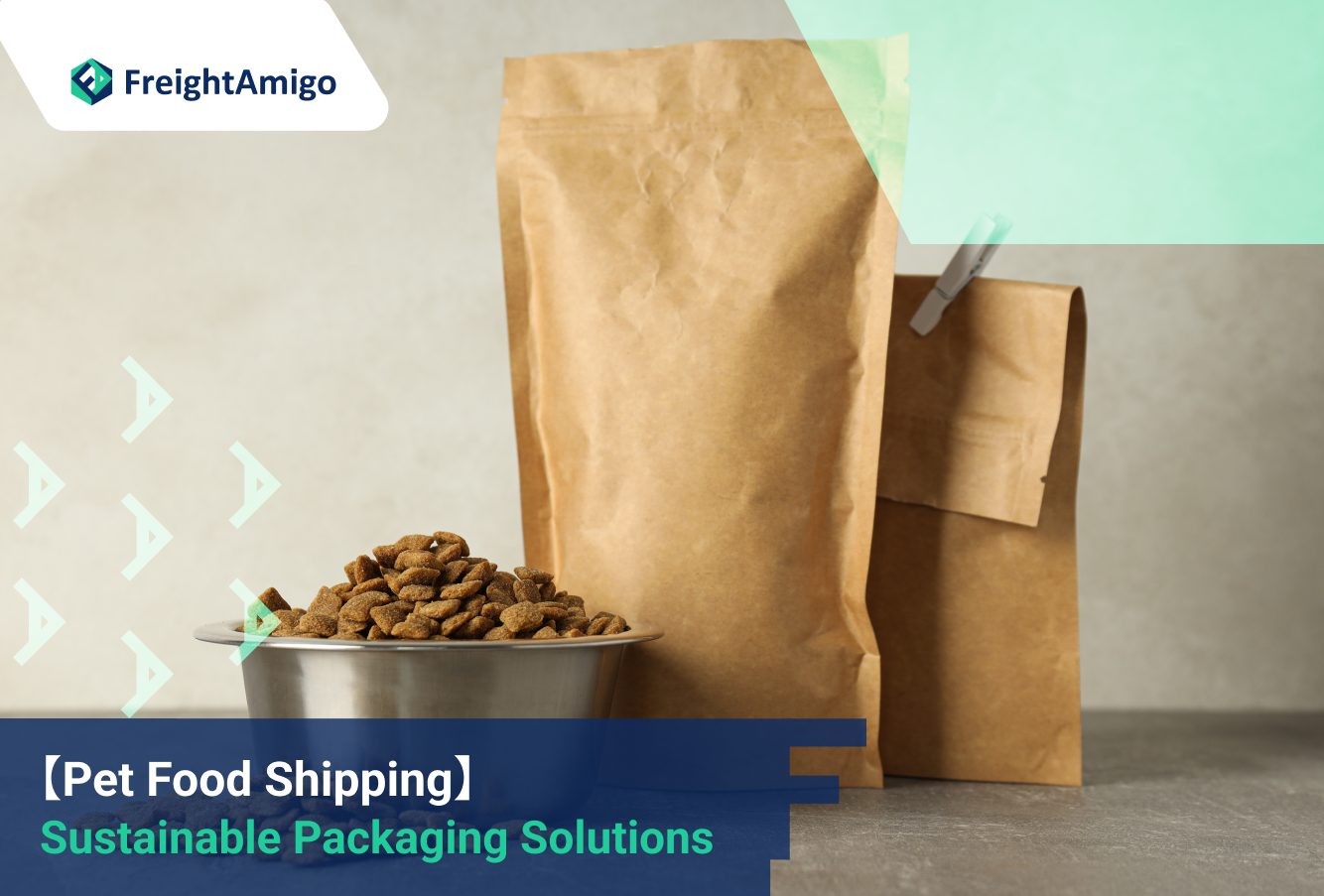
The Growing Concern for Sustainable Pet Food Packaging
The pet food industry, a multi-billion dollar market, is facing increasing pressure to adopt more sustainable practices. Consumers are becoming more environmentally conscious, demanding eco-friendly options across the board, and pet food packaging is no exception. Traditional plastic packaging, while convenient and cost-effective, contributes significantly to plastic pollution and landfill waste. This shift in consumer demand is forcing brands to rethink their packaging choices, paving the way for innovative, environmentally responsible alternatives.
Exploring Eco-Friendly Packaging Materials
Several promising eco-friendly alternatives are emerging. Bioplastics, derived from renewable resources like corn starch or sugarcane, offer a biodegradable option that reduces reliance on fossil fuels. Paper-based packaging, often combined with compostable liners, presents another viable solution. These materials are readily recyclable or compostable, minimizing their environmental impact. Furthermore, advancements in material science are leading to stronger, more durable eco-friendly packaging that can effectively protect pet food from moisture, oxygen, and contamination.

The Challenges of Transitioning to Sustainable Packaging
While the benefits of eco-friendly packaging are clear, the transition isn’t without its hurdles. One significant challenge is cost. Sustainable materials often have a higher upfront cost compared to traditional plastics. This can impact profitability, particularly for smaller pet food brands. Another challenge lies in ensuring the new packaging maintains the same level of product protection. Pet food needs to remain fresh, dry, and safe from contamination, and eco-friendly materials need to meet these stringent requirements. Finally, the infrastructure for recycling and composting eco-friendly materials needs to be robust and widely accessible to ensure these materials are properly disposed of and not simply ending up in landfills.
Innovation in Design and Functionality
Innovation isn’t just about the materials used; it also extends to packaging design and functionality. Companies are exploring innovative designs to reduce material usage while maintaining product integrity. This includes optimizing package size and shape, utilizing clever folding techniques, and integrating features like resealable closures to enhance freshness and minimize waste. Some brands are even experimenting with refillable packaging systems, encouraging customers to reuse containers and reducing the overall demand for new packaging.
Consumer Perceptions and Market Trends
Consumer demand plays a crucial role in driving the adoption of eco-friendly packaging. Surveys and market research consistently show a growing preference for sustainable products among pet owners. Many are willing to pay a premium for pet food packaged in environmentally responsible materials, demonstrating a strong market for these products. This increasing consumer awareness is creating a powerful incentive for pet food brands to invest in sustainable packaging solutions, creating a positive feedback loop that accelerates innovation and adoption.
The Role of Legislation and Industry Standards
Government regulations and industry standards are also playing an increasingly important role. Many countries are implementing policies to reduce plastic waste and promote sustainable packaging. These regulations can create a level playing field, incentivizing all companies to adopt eco-friendly practices. Industry organizations are also developing standards and certifications for sustainable packaging, helping consumers identify and choose truly eco-friendly products. These standards add transparency and help build consumer trust in the sustainability claims made by pet food brands.
The Future of Eco-Friendly Pet Food Packaging
The future of pet food packaging looks bright. Continued innovation in materials science, coupled with increasing consumer demand and supportive regulations, is driving significant progress. We can expect to see even more diverse and effective eco-friendly packaging options in the coming years. This transition will not only reduce the environmental impact of the pet food industry but also contribute to a broader shift towards a more sustainable and responsible consumer goods market.
Collaboration and Transparency are Key
Success in transitioning to eco-friendly packaging requires collaboration across the entire supply chain. Pet food brands need to work closely with packaging manufacturers, retailers, and waste management companies to develop effective solutions. Transparency is also crucial. Brands need to clearly communicate their sustainability efforts to consumers, building trust and fostering greater engagement in responsible consumption. Open communication and a collaborative approach are essential to navigating the challenges and realizing the full potential of eco-friendly pet food packaging. Click here to learn about sustainable pet food packaging.
